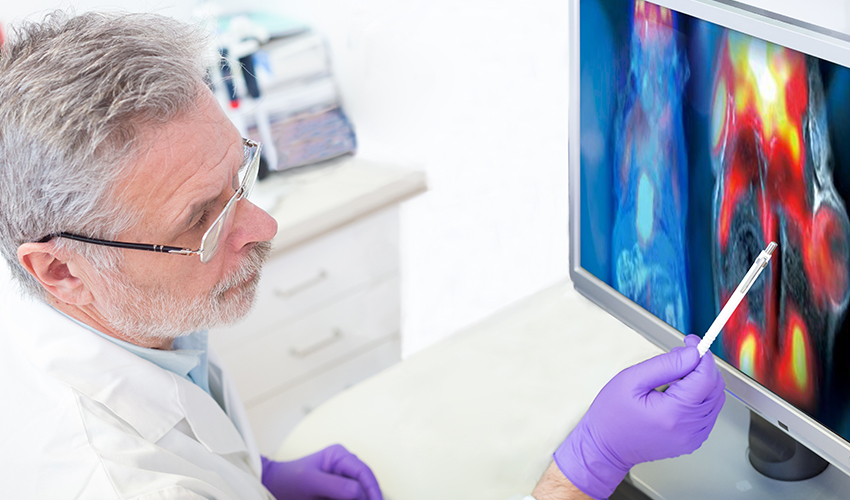This webinar was recorded on June 30, 2015.
Due to its great versatility, MRI is a key tool of choice for critical preclinical research, e.g. oncology, cardiology, and neurology. However, due to factors such as space restraints and operational costs, conventional superconducting MRI systems are not convenient for all imaging facilities. In 2010, Bruker introduced the ICON desktop MRI system, allowing researchers to perform routine MRI in the simplest fashion.
During this webinar, Dr Bernard Siow and his colleagues from the Center for Advanced Biomedical Imaging at University College London will elaborate on the research they are conducting using the ICON, including monitoring of tumors, characterizing the phenotype of animals, following brain damage in stroke models and measuring edema after heart infarct.
What you will learn:
- Several example of low field usability in various fields of the preclinical research.
- Rat brain imaging for USPIO tracking at 1 tesla
- Cross comparison between ICON and other modalities for metastases detection in liver
- Comparison of low field and high field MRI for phenotyping of transgenic mice
- Ischemic stroke imaging in rat model.
- Cardiac imaging and infarct quantification at 9.4 and 1 tesla.
Who should attend?
This webinar is of interest to all researchers in the preclinical area. Scientists not familiar with imaging technologies will better understand the value of MRI in preclinical research, whereas those who are more familiar with the technology can update their knowledge and discover innovative applications of permanent magnet technology.
Presenters
Bernard Siow, Ph.D. – Head of the MRI facility, Francis Crick Institute. Senior Research Associate, CABI, UCL.
Rajiv Ramasawmy, Ph.D. student – University College London, Dept. Medical Physics and Bioengineering
Jed Wingrove, Ph.D. student – University College London, Dept. Medical Physics and Bioengineering
Holly Holmes, Ph.D. student – University College London, Dept. Medical Physics and Bioengineering
